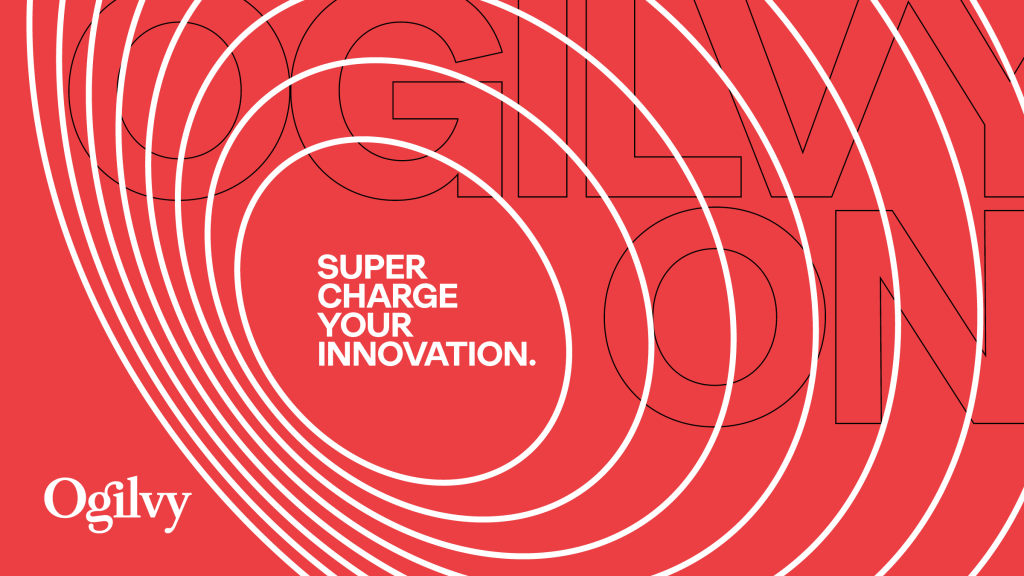Picture this: It’s 3 PM on a Thursday, and your client just texted about a flash sale starting tomorrow morning. They need fresh ad creative—multiple variations, different platforms, various formats. In the old world, this meant an all-nighter, frantic designer calls, and probably some very questionable creative decisions made under pressure.
But what if I told you this entire scenario could be resolved in the time it takes to grab a coffee?
Welcome to the 30-second ad revolution, where the relationship between speed and quality in creative work has been fundamentally reimagined.
Understanding the Speed-Quality Paradox
For decades, creative professionals operated under a simple assumption: good creative takes time. The longer you spend on something, the more polished, strategic, and effective it becomes. This belief shaped entire industry workflows, client expectations, and creative processes.
Let’s examine why this paradigm made sense historically. Traditional ad creation involved multiple stakeholders, complex approval chains, and significant technical barriers. Creating a single video ad might require scriptwriting sessions, casting calls, production days, editing phases, and revision cycles. Each step added both time and theoretical quality improvements.
However, this linear relationship between time investment and creative quality contained hidden inefficiencies that modern technology has begun to expose. Much of that extended timeline wasn’t actually improving the creative product—it was navigating logistical complexity, technical limitations, and communication bottlenecks.
The Modern Creative Strategist’s Dilemma
Today’s creative strategist faces a fundamentally different challenge than their predecessors. The digital landscape moves faster than ever before. Trends emerge and fade within days. Consumer attention spans continue shrinking. Platform algorithms reward fresh content over polished perfection.
Consider the lifecycle of a typical social media trend. A dance, meme, or cultural moment might dominate TikTok for 48 hours before becoming oversaturated. Brands that can capitalize on these moments see massive engagement spikes, while those still stuck in traditional creative timelines miss the opportunity entirely.
This creates a fascinating tension. Creative strategists need to maintain quality and strategic thinking while dramatically accelerating production speed. The solution isn’t choosing speed over quality—it’s finding systems that deliver both simultaneously.
Deconstructing the 30-Second Creative Process
To understand how rapid ad creation actually works, we need to break down what happens during those crucial 30 seconds. This isn’t magic—it’s systematic efficiency applied to creative work.
The process begins with intelligent asset selection. Instead of starting from scratch, the system draws from vast libraries of proven creative elements, performance data, and strategic frameworks. Think of it like having access to every successful ad campaign ever created, instantly searchable and adaptable.
Next comes contextual adaptation. The system understands platform requirements, audience preferences, and performance patterns well enough to automatically optimize creative elements for specific environments. An ad concept might simultaneously generate Instagram Story variations, TikTok versions, and Facebook carousel adaptations—each optimized for its native platform.
Finally, strategic intelligence guides the entire process. This isn’t random creative generation but purposeful adaptation based on performance data, audience insights, and campaign objectives. The speed comes from automation, but the strategic thinking happens at scale.
Platform-Native Creative at Scale
One of the most complex challenges in modern advertising involves creating platform-appropriate content across multiple channels simultaneously. Each platform has distinct creative requirements, audience expectations, and performance drivers.
Instagram rewards visual aesthetics and lifestyle integration. TikTok prioritizes entertainment value and trend participation. Facebook emphasizes social proof and community connection. YouTube demands storytelling and sustained attention. Creating native content for each platform traditionally required deep platform expertise and significant time investment.
Rapid creative systems change this dynamic by encoding platform-specific best practices into the creation process. Instead of manually adapting concepts for each environment, the system automatically generates platform-optimized variations that feel native to their intended audience.
This approach particularly benefits campaigns that need to maintain consistent messaging while respecting platform cultures. A product launch can maintain its core value proposition while expressing it through Instagram’s visual language, TikTok’s entertainment format, and Facebook’s community-focused approach.
The Intelligence Behind Instant Creation
The most sophisticated rapid creation tools don’t just generate content quickly—they generate strategically informed content based on massive datasets of successful campaigns. This is where analyzing resources like the Facebook ad library becomes crucial, as it provides the performance intelligence that separates random creative generation from strategic rapid production.
Understanding this intelligence layer helps explain why 30-second ad creation can actually produce more strategic results than traditional approaches. When human creative strategists have access to performance insights from millions of campaigns, their rapid decisions become more informed than slow decisions made in isolation.
Consider how this intelligence manifests in practice. The system might recognize that user-generated content styles are currently outperforming polished brand content in your industry. It automatically applies this insight during rapid generation, creating ads that feel authentic and current rather than overly produced.
Testing Velocity and Creative Iteration
Perhaps the most transformative aspect of rapid ad creation involves its impact on testing and optimization strategies. Traditional creative development invested so much time and resources into individual ads that testing multiple variations became prohibitively expensive.
When you can generate quality ad variations in seconds rather than days, your entire approach to creative testing changes. Instead of carefully crafting one or two variations and hoping they perform well, you can rapidly generate dozens of strategic variations and let performance data guide optimization decisions.
This creates a feedback loop that actually improves creative quality over time. Each rapid test provides performance insights that inform future creative decisions. The system learns what works for your specific audience, industry, and campaign objectives, becoming more strategically intelligent with each iteration.
Overcoming Creative Perfectionism
Many creative professionals initially resist rapid creation tools because they challenge ingrained beliefs about creative quality. The assumption that more time always equals better results runs deep in creative culture, and abandoning this belief can feel uncomfortable.
However, perfectionism in creative work often serves as a disguise for inefficiency rather than a driver of quality. The endless revision cycles, approval processes, and second-guessing that characterize traditional creative workflows rarely produce proportionally better results.
Rapid creation forces a different kind of creative discipline. Instead of perfecting individual executions, creative strategists focus on strategic frameworks, performance analysis, and systematic optimization. This shift often produces better campaign results because it prioritizes market feedback over internal opinions.
Strategic Applications Beyond Emergency Situations
While rapid ad creation obviously helps with last-minute requests and urgent campaign needs, its most powerful applications involve systematic creative strategy rather than crisis management.
Smart creative strategists use rapid generation for continuous creative exploration. They can test new messaging angles, visual approaches, or audience targeting strategies without significant resource commitment. This exploratory approach often uncovers surprising insights that inform broader campaign strategies.
Seasonal campaign preparation becomes dramatically more efficient when you can rapidly generate and test creative variations months in advance. Instead of guessing which holiday messaging will resonate, you can test multiple approaches and optimize based on early performance data.
The Economics of Creative Efficiency
Rapid ad creation fundamentally changes the economics of creative testing and optimization. Traditional approaches required significant upfront investment in creative development before you could measure performance. This created pressure to make fewer, larger creative bets rather than testing diverse approaches.
When creative generation becomes nearly instantaneous, you can afford to test more experimental approaches, explore niche audience segments, or adapt successful campaigns for new markets. The reduced barrier to creative testing often leads to discovering unexpected high-performing approaches that justified more conservative strategies would never uncover.
Quality Control in High-Speed Creative
The legitimate concern about rapid creative generation involves maintaining quality standards and brand consistency when production speed increases dramatically. How do you ensure that quickly generated ads still represent your brand appropriately and meet performance standards?
The answer lies in systematic quality frameworks rather than manual review processes. Well-designed rapid creation systems incorporate brand guidelines, performance criteria, and strategic objectives into the generation process itself. Quality control happens during creation rather than after completion.
This approach often produces more consistent results than traditional workflows because it eliminates the variability introduced by different designers, changing creative briefs, and subjective approval processes. The systematic approach ensures that every generated ad meets established standards while allowing for creative variation within those parameters.
The Future of Creative Strategy
Rapid ad creation represents more than just a productivity improvement—it signals a fundamental shift in how creative strategy operates in digital marketing. The creative strategists who thrive in this environment will be those who master the intersection of strategic thinking and systematic execution.
This doesn’t diminish the importance of human creativity and strategic insight. Instead, it amplifies these capabilities by removing the logistical barriers that traditionally limited creative exploration and testing. When you can generate and test creative ideas as quickly as you can think of them, the bottleneck shifts from production capacity to strategic imagination.
The 30-second ad revolution isn’t about replacing human creativity with automation—it’s about giving creative strategists the tools they need to compete in an increasingly fast-paced, data-driven marketing landscape where speed and strategic intelligence combine to create sustainable competitive advantages.

